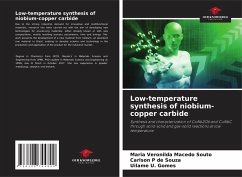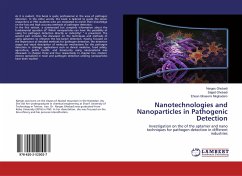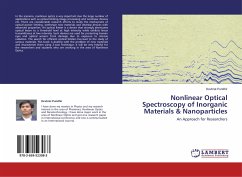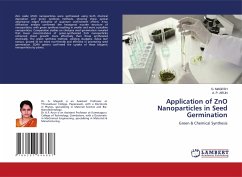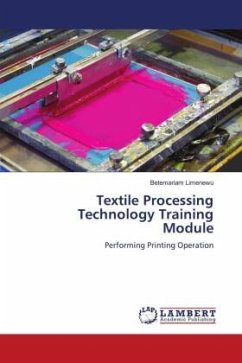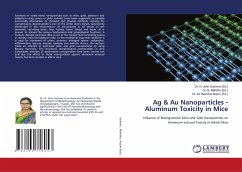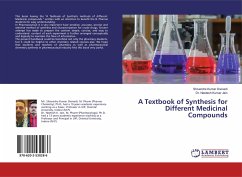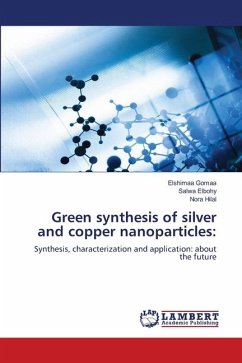
Green synthesis of silver and copper nanoparticles:
Synthesis, characterization and application: about the future
Versandkostenfrei!
Versandfertig in 6-10 Tagen
40,99 €
inkl. MwSt.

PAYBACK Punkte
20 °P sammeln!
This study focuses on the green synthesis of AgNPs and CuNPs using environmentally benign reagents in minimal time, paving the way for future studies on the toxicity of AgNPs and CuNPs without risking interference from toxic reagents and capping agents. Using this technology to process nylon fabric may lead to new coloring technology and other functional improvements. Our method is a completely green approach towards rapid synthesis and an evergreen protocol for the green synthesis of AgNPs from an aqueous solution of silver nitrate using available sugars as reducing agents in one pot, in the ...
This study focuses on the green synthesis of AgNPs and CuNPs using environmentally benign reagents in minimal time, paving the way for future studies on the toxicity of AgNPs and CuNPs without risking interference from toxic reagents and capping agents. Using this technology to process nylon fabric may lead to new coloring technology and other functional improvements. Our method is a completely green approach towards rapid synthesis and an evergreen protocol for the green synthesis of AgNPs from an aqueous solution of silver nitrate using available sugars as reducing agents in one pot, in the presence of sunlight. Copper oxide nanoparticles (CuNPs) were synthesized through a simple and environmentally friendly green route using black tea extract. The synthesized green AgNPs and CuNPs were characterized by scanning electron microscopy (SEM), transmission electron microscopy (TEM), energy dispersive spectroscopy (EDS), Fourier transform infrared (FTIR) analysis, and X-ray diffraction (XRD) analysis. The dyeing behavior of green fabric treated with AgNPs and CUNPs were studied using Acid Black 172 (AB 172) and dye accumulation was measured as exhaustion percentage (E%).






